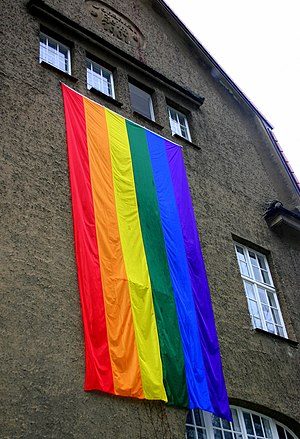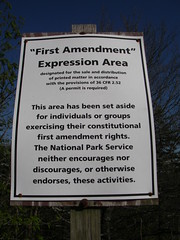One of the legal issues that pulls at my heart strings is cyberbullying, especially when it involves kids. It’s hard enough to be a young person when you don’t have to worry about being taunted and threatened every day. With regular bullying, students dread going to school. With cyberbullying, students can be constantly harassed by their peers via emails, text messages, or worse – a website dedicated to torturing them. I was cyberharassed at school last year, and it was awful. For the first time ever, I was afraid to go to school, and I was 30 years old with the support of family, friends, and my school’s administration in my corner. I can’t image what it would be like to go through the same thing as a kid and alone.
I hope with my law degree, I can help students and schools combat and prevent the bullying of children. My heart breaks every time I hear about another student taking their own life, in part because of bullying.
Arizona has a law that requires schools to have policies and procedures in place regarding harassment, intimidation, and bullying on school property, buses, bus stops, and at school sponsored events. Schools must investigate suspected bullying and disciplinary procedures for those who are found guilty. A revision to this law was proposed in February 2011 – SB 1549. This law would expand harassment to include behaviors involving school computers, networks, forums, and mailing lists. I think this is a good start, but I wish it would be expanded to specifically include any harassment that occurs on school grounds or at a school sponsored event that occurs via any electronic means. This could expand the definition of harassment to include text messages and any communication that occurs via the internet on a school computer or a student’s smartphone that is present on school property.
Central High School in Phoenix was kind enough to send me their current policies and procedures for addressing bullying and harassment. Their definitions for harassment and bullying seem to encompass all the behaviors that should be prevented in schools. I was also pleased to see that their rules already address cyberbullying and that the procedures include involving the police if warranted. It suggests that they take bullying seriously and address it as such.
I would have liked to have seen their definition of harassment specifically include harassment based on sexual orientation. Given that gay teens are much more likely to attempt suicide than their heterosexual counterparts, schools have an obligation to keep a special eye out of these kids.
Unfortunately, a rule is worthless unless it is enforced. Historically, teachers at schools across the nation have turned a blind eye to bullying or tell gay kids to expect harassment if they’re going to act like sissies. I feel horrible for any student who is legally obligated to attend school where they are harassed on a daily basis, with disciplinary system in place that isn’t being utilized, and an administration that turns a blind eye to these kids’ pain. I hope that there’s something I can do after graduation to address these problems, whether it’s by empowering school administrations to support these kids or helping to protect these kids who cannot protect themselves.
Related articles
- School-Based Cyberbullying Interventions (education.com)
- How is bullying at school related to cyberbullying? (education.com)
- Dad Fights Cyberbullying (foxnews.com)


![Reblog this post [with Zemanta]](http://img.zemanta.com/reblog_e.png?x-id=95f0d2b9-3d01-4054-ac2f-2c7b782a6a92)

![Reblog this post [with Zemanta]](http://img.zemanta.com/reblog_e.png?x-id=38c6d8a4-be05-4572-ab01-51474b99805d)